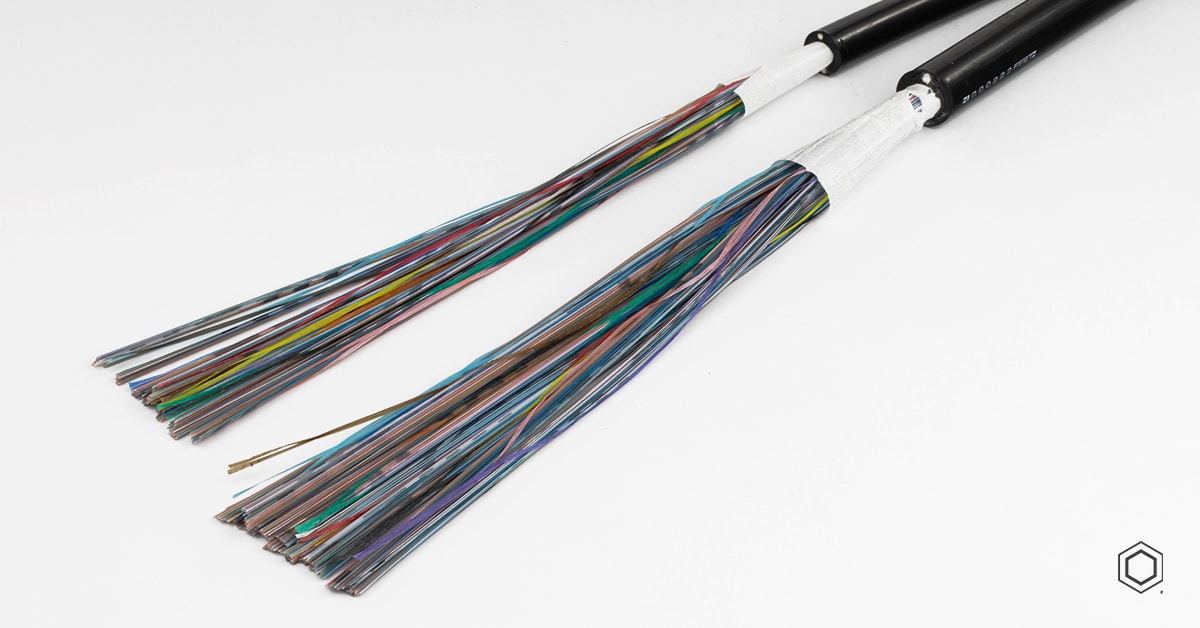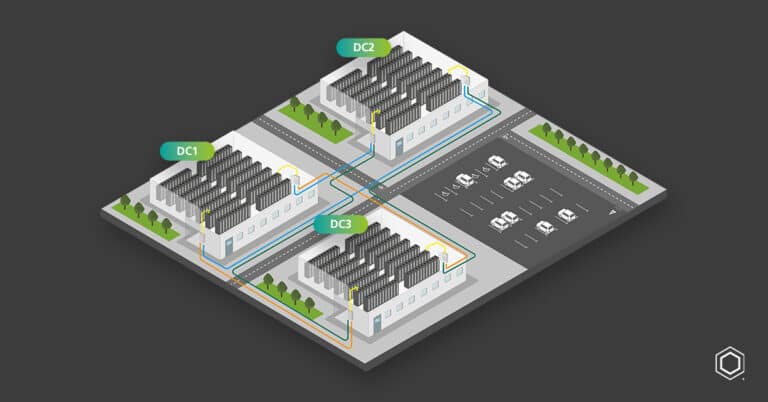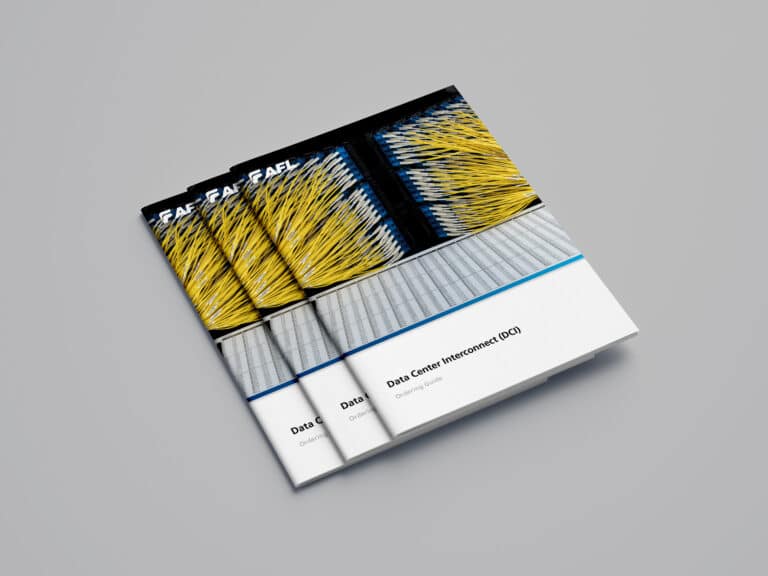As data centers grapple with the need to expand beyond their physical boundaries, Data Center Interconnects (DCIs) are evolving beyond traditional applications. They are now instrumental in creating exo data centers, where multiple data center buildings leverage DCI to act as a single resource pool. This evolution is a response to the rising market demands and the pressure to accommodate the ever-increasing RADIX of today’s switches and exponential growth in bandwidth needs.
Civil Engineering: The 'Not-So-Civil' Cost of Expansion
One of the key challenges lies in ensuring that the fiber infrastructure between buildings can keep pace with the introduction of new connections and bandwidth capabilities. It’s impractical to undertake a civil engineering exercise to introduce new ducting every time a data center increases its bandwidth capacity and number of connections. This challenge becomes even more daunting as we move beyond small scale campus environments and into extended distances. The cost and complexity of running miles of ducting within a highway network are prohibitive, not to mention the bureaucratic hurdles and time involved in securing permissions and access.
The duct space business in the highways network has become akin to premium real estate. The key to minimising cost lies in maximising cable density to avoid repeated civil engineering works. Imagine the cost of installing 50 miles of ducting between two data centers, on opposing sides of a major metropolitan city and the associated highway costs!
This is where the concept of duct space optimisation comes into play. By reducing the size of network infrastructure elements, such as using small diameter ultra-high fiber count Wrapping Tube Cables (WTC), we can fit more fibers’ into existing duct space. This strategy eliminates the need for costly civil engineering works and reduces the risk of damaging buried infrastructure if there is a need to install additional ducting.
Comparison of different cable structures
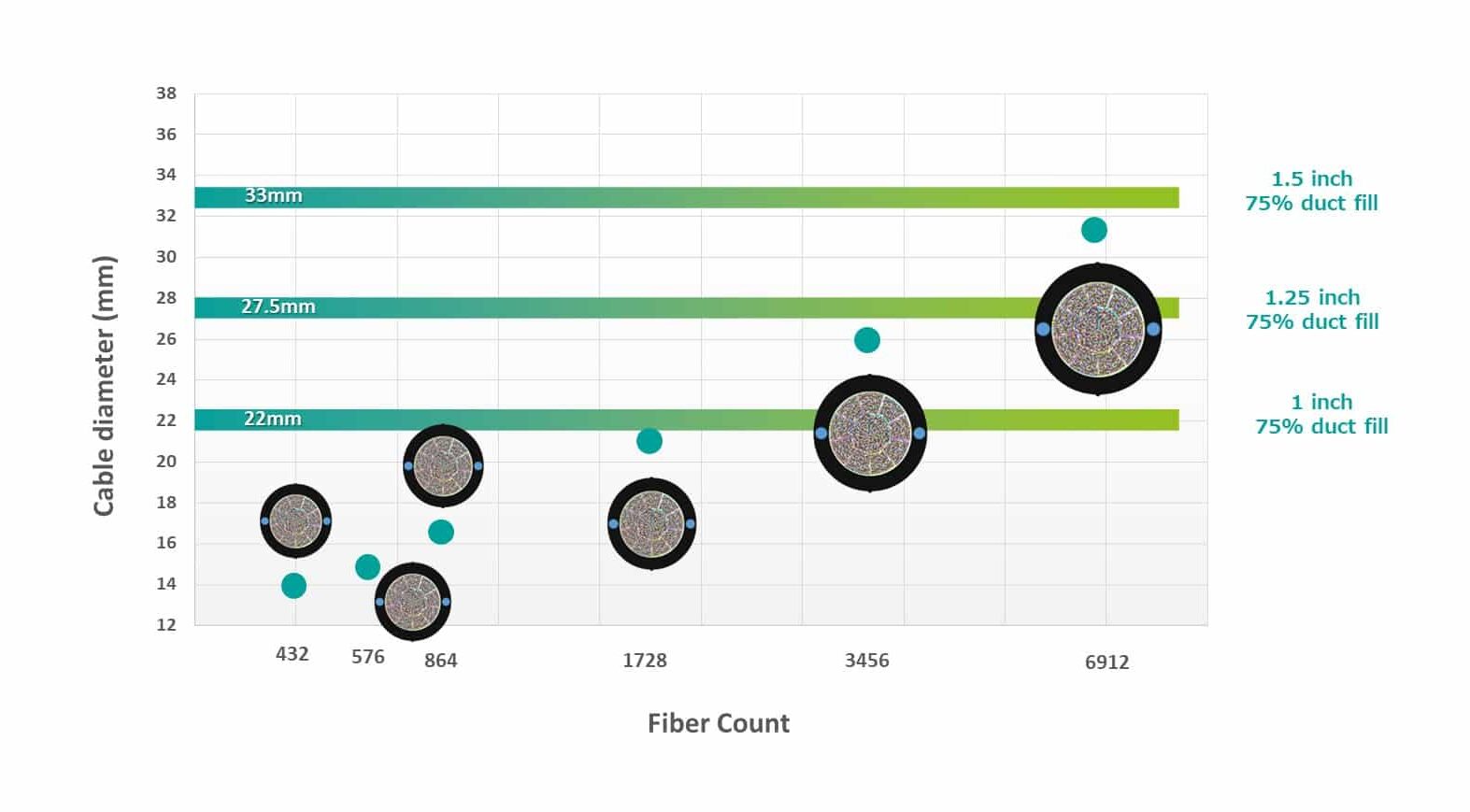
| Fiber Count | Diameter | Duct | Fill Ratio |
|---|---|---|---|
| 432 | 14mm | 1" | 30% |
| 576 | 15mm | 1" | 35% |
| 864 | 16.5 | 1" | 42% |
| 1728 | 21mm | 1" | 68% |
| 3456 | 26mm | 1.25" | 67% |
| 6912 | 31.5mm | 1.5" | 68% |
AFL have further optimised this with the introduction of SWR (Spider Web Ribbon), which optimises how fiber is packed within a smaller footprint, without compromising the robustness of the cable and introducing measures to protect against additional challenges such as flooding.
Beyond cost considerations, avoiding engineering works, is crucial for risk mitigation.
The sub-terranean area surrounding any datacentre is littered with ducting carrying all services to the datacentre and while we would all expect these to be accurately recorded, in most cases that assumption can be extremely costly. Having to conduct civil engineering works around the perimeter of a datacenter runs the very high risk of cutting through and interrupting those services – it doesn’t matter if it is fiber cable, power, water, gas or whatever, any of them are going to bring the datacenter down.
Weighing up the risk of downtime Vs optimising the duct space in place already, even if that means pulling out under-utilised cable currently occupying those ducts can save a lot of cost and pain.
If, ultimately, you are left with no choice but to dig and deploy more duct, ensuring that you install the maximum density of fibre will help to ensure that you will not be digging again any time in the near future.
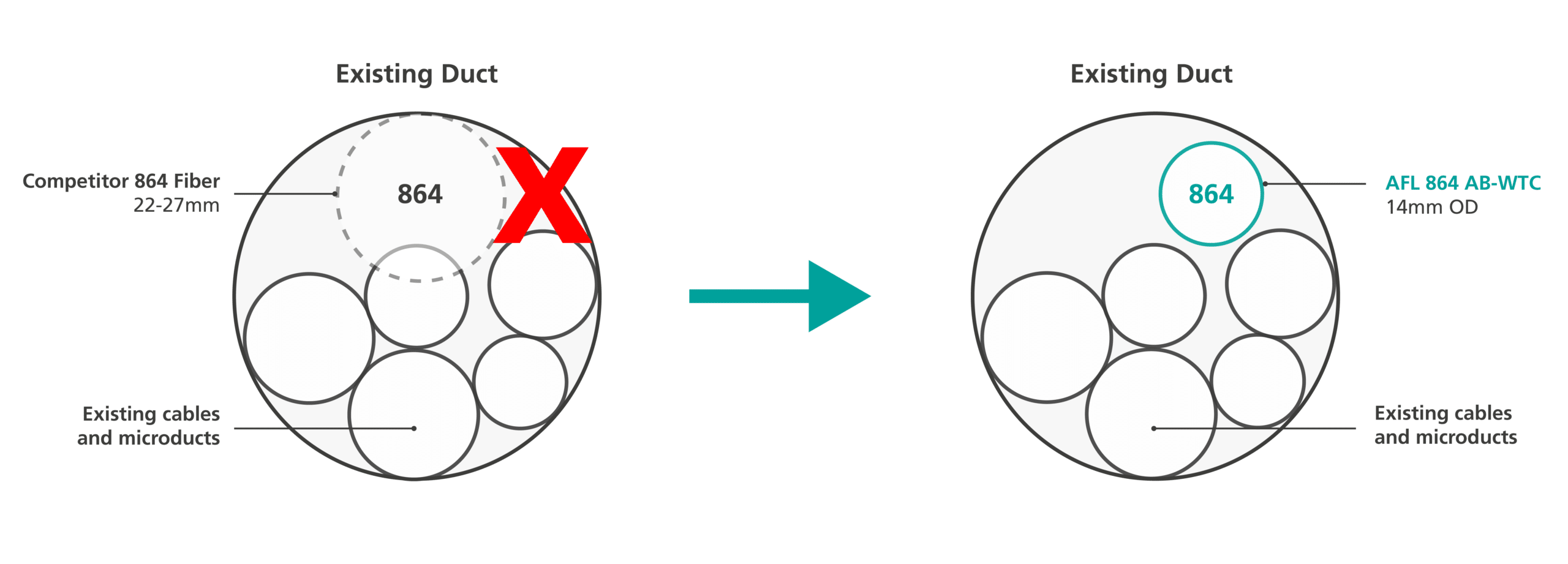
SWR Technology as a foundation for duct space optimisation
AFL developed SpiderWeb Ribbon (SWR) technology to act as the cornerstone of duct space optimisation. By packing more fibers into a smaller footprint, SWR allows for maximised cable density. This innovative approach ensures that data centers can keep pace with increasing data center needs, while minimising risks and costs.
The key to future-proofing our data centers lies in asset optimisation. This doesn’t just refer to what’s in the rack, this also refers to the infrastructure that carries the cable also. As we navigate the complexities of increasing RADIX and bandwidth needs, the need to optimise our fiber infrastructure is clear. By focusing on duct space optimisation and asset management, you can pave the way for a resilient datacenter network which doesn’t inhibit growth or innovation.



